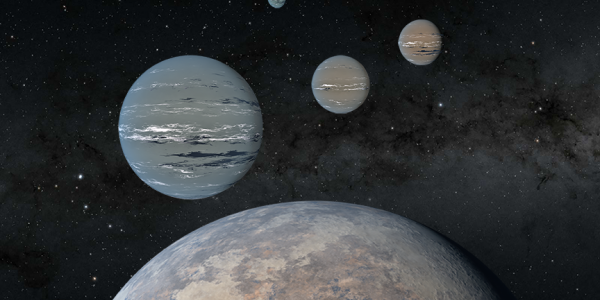Astronomy on Tap with Tansu Daylan on The Universe is Teeming with Planets, But Where does the Earth Stand Among Them?
Exploration of planets beyond our Solar System, i.e., exoplanets, continues to fuel our wonder and motivates us to seek bold answers to outstanding questions in planet formation, evolution, and orbital migration. Since its launch in 2018, the Transiting Exoplanet Survey Satellite (TESS) has been pivotal in expanding our catalog of known exoplanets. The telescope has enabled us to identify over 6,700 TESS Objects of Interest (TOIs) that are being monitored by ground-based observatories to potentially confirm their planetary nature. The wide-field cameras of TESS have extended Kepler Space Telescope's previous search for small exoplanets to bright stars across the celestial sphere, enabling the discovery of worlds particularly amenable to atmospheric characterization. The confirmed exoplanets constitute a plethora of Earth-sized worlds to gas giants with a wide distribution of temperatures, allowing us to explore their rich atmospheric properties during transit using the Hubble Space Telescope (HST). More recently, the successful launch and commissioning of the James Webb Space Telescope (JWST) has facilitated new leaps in our ability to characterize exoatmospheres at infrared wavelengths, leading to the first spectral detection of carbon dioxide on an exoplanet.
Sponsored by the McDonnell Center for the Space Sciences.

